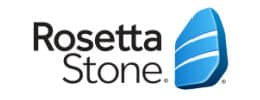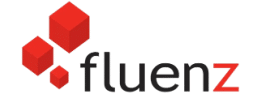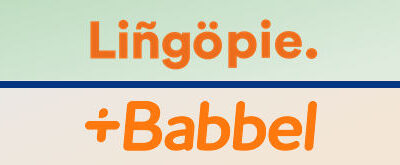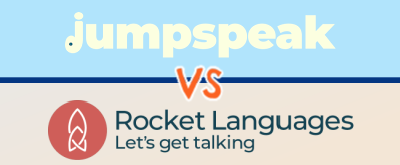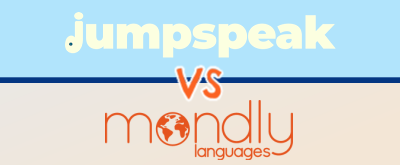Choosing the right language learning program can be the key to achieving fluency, and Fluenz and Rosetta Stone are two of the most popular options available. This article compares their unique approaches, features, and benefits to help you decide which one best fits your learning style and goals.
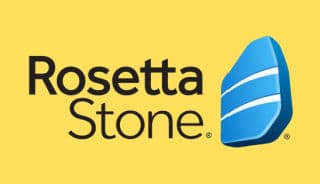
Discount: 60% OFF
Applied In Cart
|
$10-$15/mo |
Excellent language learning program for visual learners. The Rosetta Stone curriculum is built around imagery and immersion, which is highly effective. |
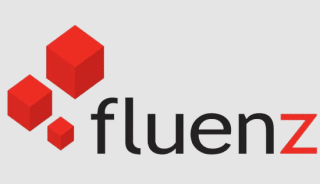
Discount: 5% OFF
Applied in Cart
|
$180+ |
Robust language program that features lengthy, in-depth lessons but lacks the tools an d features that Rosetta Stone offers. |
Editor’s Choice
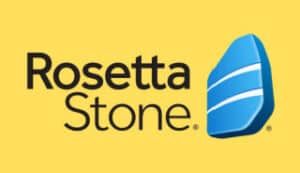
Rosetta Stone
- 20+ Languages
- Money Back Guarantee
Pros
- More affordable than Fluenz
- Effective learning framework built around immersion
- Lessons are well-suited for visual learners
- Accurate speech recognition software
- Tons of extra resources (short stories, on-demand videos, etc.)
Cons
- Lessons can become monotonous at times
- Speaking drills are somewhat basic
Reasons To Choose Rosetta Stone Over Fluenz
To kick this comparison off, let’s discuss the major reasons you should choose Rosetta Stone over Fluenz to help you learn a new language.
Effective Learning Method
One of Rosetta Stone’s standout features is its immersive learning experience, designed to closely mirror the way we naturally acquire language as children. From the very first lesson, you’ll notice minimal use of English for explanations or translations—an intentional choice to help you think in the new language rather than relying on your native one.
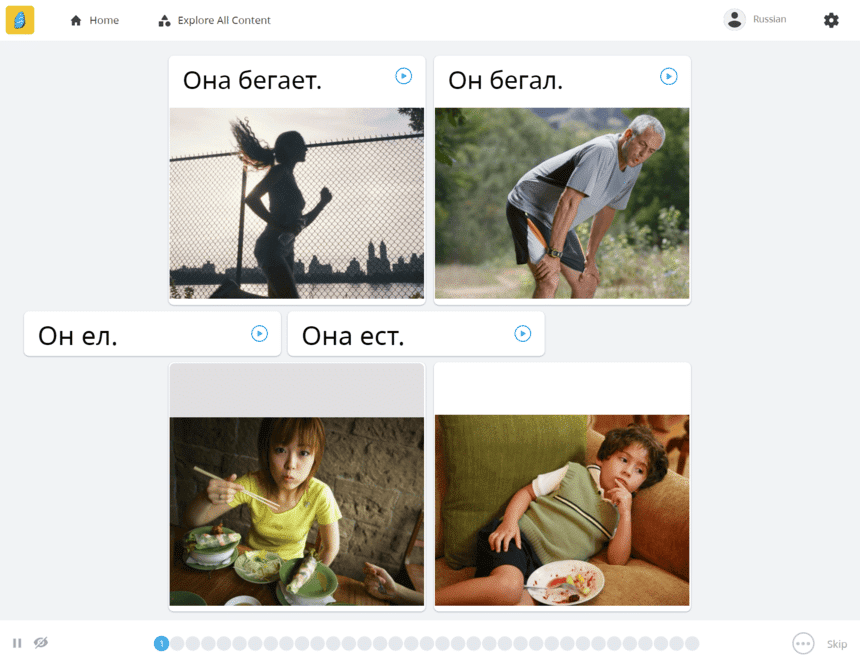
This approach leverages the concept of learning from context, just like a baby starting with a blank slate. We find this method incredibly effective for building a strong foundation in a second language. Additionally, Rosetta Stone avoids overwhelming learners with complex grammar rules upfront, focusing instead on helping you intuitively grasp the language through visuals, repetition, and context clues.
Great Choice For Visual Learners
Rosetta Stone is an ideal choice for visual learners, as its lessons are packed with image-based exercises and graphics to support the learning process. While Fluenz incorporates video content with instructors presenting on screen, it doesn’t rely as heavily on visual elements as Rosetta Stone does.

In comparison to other programs like Rocket Languages, Fluenz offers a somewhat visual approach, but Rosetta Stone stands out as the go-to option for those who learn best by associating words and phrases with pictures. If you find that visuals help you retain new vocabulary more effectively, Rosetta Stone is likely the better fit for your learning style.
More Affordable Than Fluenz
Rosetta Stone provides three subscription options: a 3-month plan, a 12-month plan, and a lifetime package. While the standard pricing on their website can be on the higher side, discounts are common, with monthly plans typically ranging from $10 to $15 and the lifetime plan, which grants access to all languages, often available for around $200.
In contrast, Fluenz doesn’t offer subscription-based pricing. Instead, learners must purchase individual course levels or an all-level bundle. For instance, Fluenz Spanish Level 1 costs around $190, while all five levels together are priced at approximately $400. When comparing the two, Rosetta Stone clearly offers the more budget-friendly option, as its lifetime plan (on sale) can cost less than just one level of Fluenz.
Impressive Speech Tool
One major advantage of Rosetta Stone is its advanced speech recognition technology, TruAccent, which the company has refined over many years. This tool is highly effective and plays a central role in helping learners improve their pronunciation.
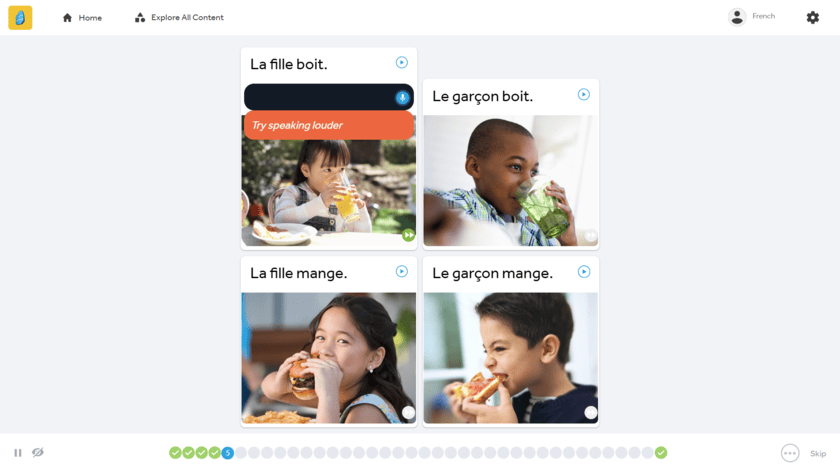
Throughout the lessons, you’ll be asked to repeat words and sentences or describe images, with TruAccent analyzing your speech and prompting corrections for any mispronunciations. While no speech recognition system is flawless, we found Rosetta Stone’s tool to be among the best, rivaling the technology used by Babbel and Rocket Languages.
In contrast, Fluenz offers only basic recording and playback functions without real-time feedback, which is a noticeable drawback of their program.
Extra Learning Resources
Finally, one of the standout reasons to choose Rosetta Stone is the variety of bonus features and supplemental resources it offers. Beyond the core lessons, users gain access to live classes with skilled instructors, personalized coaching sessions, on-demand videos, stories, downloadable audio practice, phrasebooks, and more.
It’s impressive how comprehensive the program is, offering a full suite of tools to support language learning. Our team’s favorite is the stories feature, which unlocks as you progress through the lessons. These stories, ranging from cultural fairy tales to everyday scenarios like taxi driving, are engaging and provide a fantastic way to enhance listening and reading comprehension. Plus, they’re a refreshing break from the regular lesson structure.
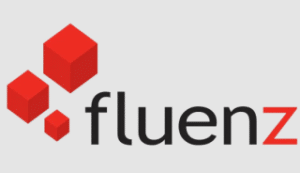
Fluenz
- 30-Day Guarantee
- Multiple Plans
Pros
- Insightful video-based lessons
- Small classroom type learning experience
- Helpful practice exercises
Cons
- More expensive than Rosetta Stone
- Lessons are scripted/boring
- Very academic feel to lessons
Reasons To Choose Fluenz Over Rosetta Stone
Now that we’ve discussed the strengths of the Rosetta Stone language program in detail, let’s turn the tables and discuss the reasons to choose Fluenz to help you learn a new language, such as Spanish, Italian, or French.
Interactive Video Lessons
In my opinion, the most significant advantage of Fluenz is its use of video in the lessons. We especially appreciate that the lessons feature instructors on-screen, as this adds several learning benefits.
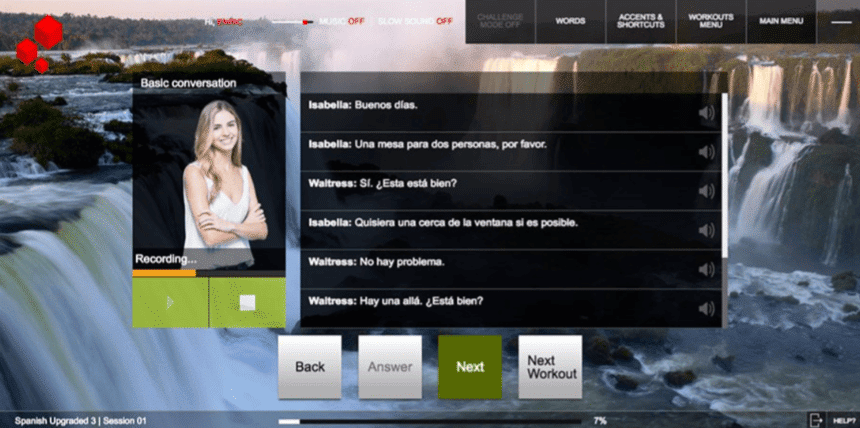
Seeing the instructors as they teach enhances material retention by providing visual cues like facial expressions, hand gestures, and body language. Being able to observe how they articulate words and phrases adds an extra layer of understanding that goes beyond just hearing the audio (unlike Babbel).
The nonverbal communication conveyed through video creates a richer, more immersive learning experience.
Classroom Style Learning Experience
Some learners may find the structure of Fluenz lessons more appealing than Rosetta Stone’s approach. With instructors appearing on-screen, the program offers a format that feels more like a virtual classroom experience.
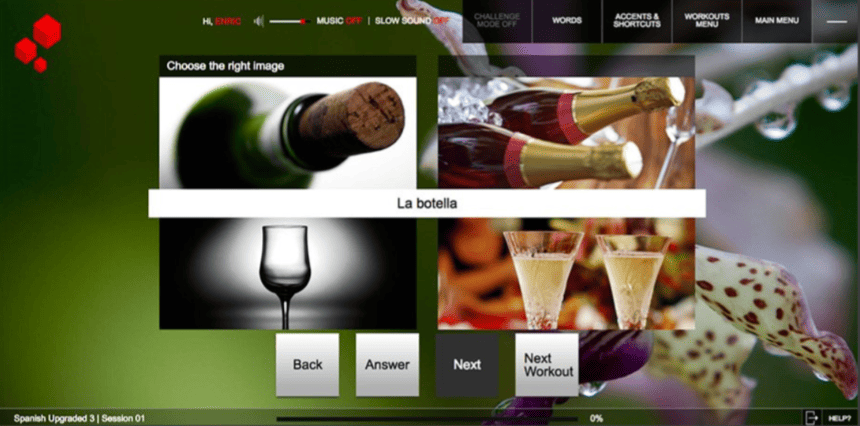
This design choice is intentional, as Fluenz aims to replicate the feel of a 1-on-1 tutoring session. While it’s important to note that these are pre-recorded videos and not live interactions, the program does manage to capture a sense of personalized instruction.
Fluenz stands apart from traditional language apps, and if you thrive in classroom settings or prefer guided learning over self-directed study, it could be an excellent option for you.
Verdict: Which Language App Is Best?
After thoroughly testing both language programs, our team ultimately gives the edge to Rosetta Stone. While Fluenz’s structured approach with classroom-style video lessons has its strengths, we believe Rosetta Stone offers a more well-rounded and complete learning experience.
With its immersive visual-based methodology, highly accurate speech recognition technology, and an array of extra tools and resources, Rosetta Stone provides a comprehensive package for learners. On top of that, its pricing is significantly more affordable. In the end, Rosetta Stone stands out as our preferred choice between the two.
Fluenz offers a structured, classroom-like experience with on-screen instructors, making it ideal for learners who prefer guided lessons. In contrast, Rosetta Stone emphasizes immersion, using visual cues, speech recognition, and minimal reliance on translations to mimic natural language acquisition.
The choice between Fluenz and Rosetta Stone depends on your learning style. If you prefer a structured, instructor-led approach, Fluenz may be a better fit, while Rosetta Stone is ideal for those who thrive in an immersive, visual-based learning environment.

